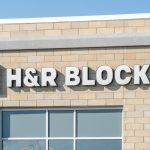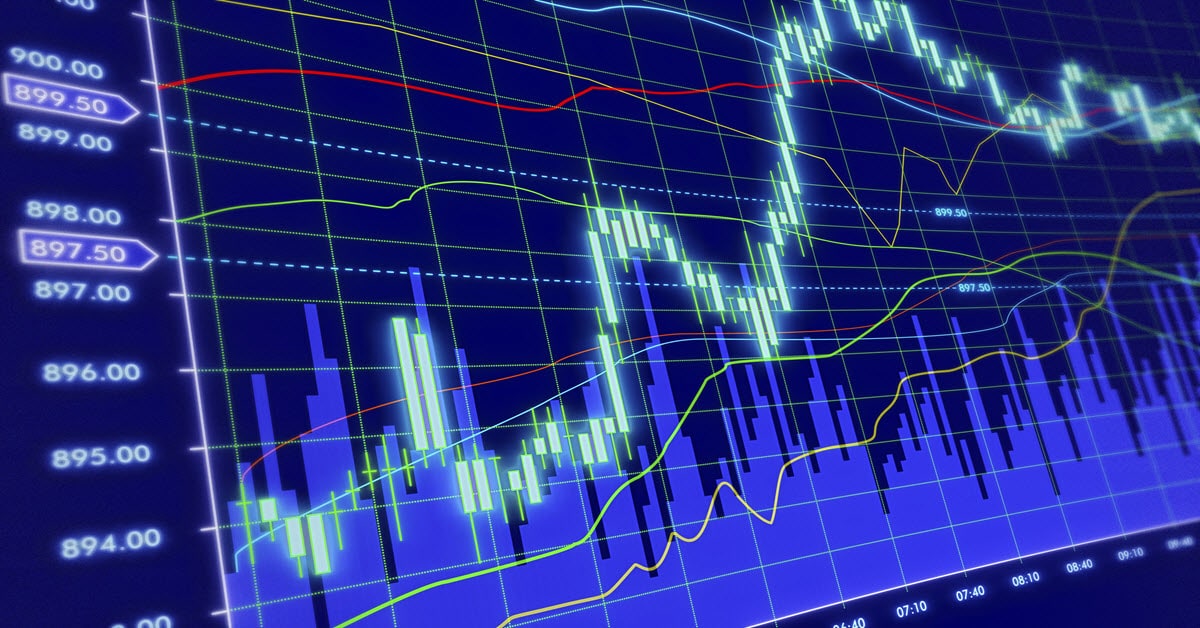The Fed’s Harker said a “soft landing” is in sight as inflation declines.

The president of the Philadelphia Fed said inflation is slowing to pre-pandemic levels and the central bank appears ready to achieve a “soft landing” for the U.S. economy.
The Fed’s “balanced” approach “has put us on the path to a soft landing,” Patrick Harker said in prepared remarks at a forum at Rowan University in New Jersey.
“Now obviously we haven’t landed and we’re going to have to keep our seatbelts on,” he said. “However, with inflation continuing to fall to our target of 2%, employment remaining strong and consumer sentiment improving, we see runway for our destination.”
A soft landing refers to a situation where the Federal Reserve raises interest rates enough to suppress inflation but does not cause an economic recession. Central banks have only accomplished this feat once or twice in history.
Harker was one of the first Fed officials to publicly conclude last fall that the bank no longer needed to raise interest rates to keep inflation down. He said his thinking was influenced by the risk that too high interest rates would cause too much collateral damage.
Harker did not say in his prepared remarks when the Fed should begin cutting interest rates. He planned to take questions from students at the event.
A series of senior Federal Reserve officials warned Wall Street not to expect a rate cut any time soon. As a result, investors significantly delayed interest rate cut expectations to May rather than March as many had previously expected.
read: Inflation has not reached the Fed’s 2% target, Kashkari says. Rate cuts can wait.
read: Fed’s Mester warns against cutting interest rates too early or too quickly.
Some Fed officials have hinted that even May may be too early to take such action.
Federal Reserve Chairman Jerome Powell recently emphasized that he wants to make sure inflation is slowing toward the central bank’s 2% target.
The inflation rate has slowed to 3% per year from a high of 9% a few years ago, and has fallen to 2% in the past six months.
Moreover, the surprising strength of the U.S. economy gives the Federal Reserve room to take its time cutting interest rates, officials said.
Growth has not slowed significantly since the Federal Reserve embarked on a series of sharp interest rate hikes nearly two years ago.
Typically, rising interest rates put a lot of stress on the economy. That wasn’t the case this time. While home purchases are slowing and manufacturing is struggling, most U.S. industries are doing okay.




